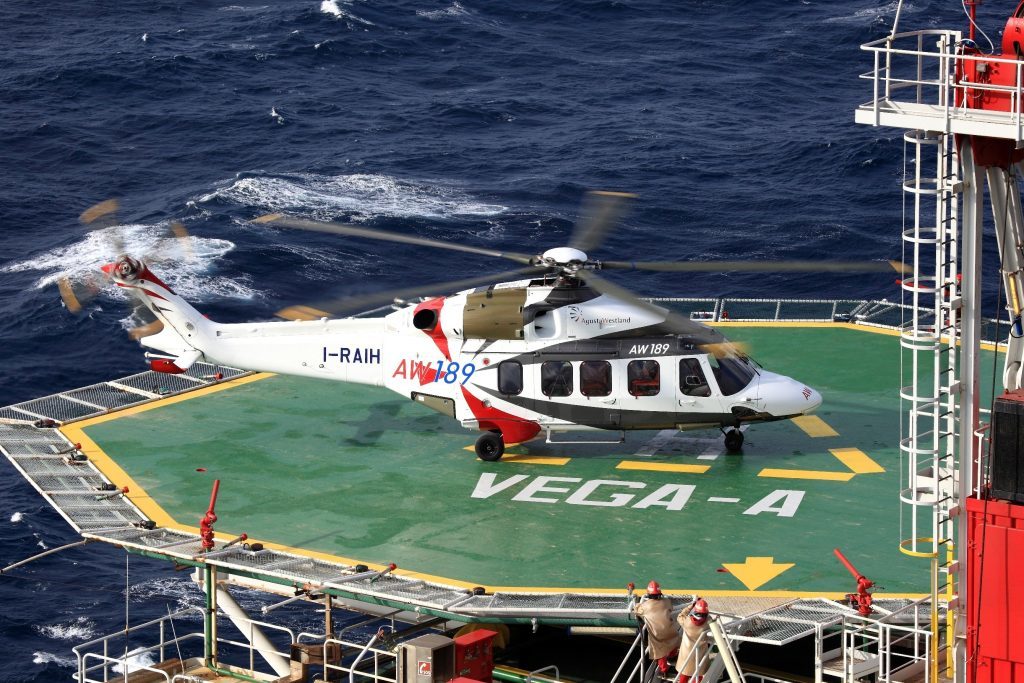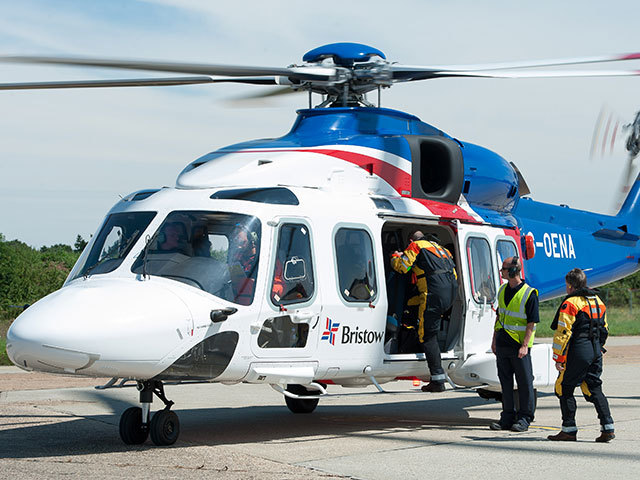
An aviation watchdog has ordered modifications to be made to North Sea helicopters amid fears they could explode.
The European Aviation Safety Agency (EASA) has ordered the checks on the AW189 models of aircraft.
It comes after a review of the underbelly fuel tank found that a lightning strike could create an ignition source in the fuel tank vapour space.
According to EASA, this flaw could result in a “fuel tank fire or explosion”.
As of July 2017, there are three AW189s operating on the UK continental shelf, according to Oil and Gas UK.
The EASA Airworthiness Directive states that the safety issues relates to the electrical bonding installed on the fuel sump plate.
The report states: “The underbelly tank fuel sumps and the fuiel sump covers are bonded to the external helicopter skin in the same location.
“In case of a lightning strike, a fraction of the electrical current may be diverted inside the sump plate and therefore flowing into the electrical wiring, connected to the components installed inside the fuel tanks.
“This condition, if not corrected, could, under certain conditions, create an ignition source in the fuel tank vapour space, possibly resulting in a fuel tank fire or explosion.”
The grounding of the North Sea fleet during lightning storms is common industry practice due to the dangers associated with flying in unsafe weather as well as the phenomenon of “triggered lightning”.
The Met Office has previously carried out extensive research into incidents where helicopters have caused lightning strikes during the winter season.
Research revealed that strikes are believed to happen when helicopters acquire a negative charge during flight and fly close to a positively charged cloud.
The aircraft manufacturer, Italian firm Leonardo, has provided instructions for modification of the electrical bonding and re-routing of the existing copper straps with bonding cables..
The changes must be carried out within 300 flight hours.
Leonardo has been contacted for comment.
Recommended for you
